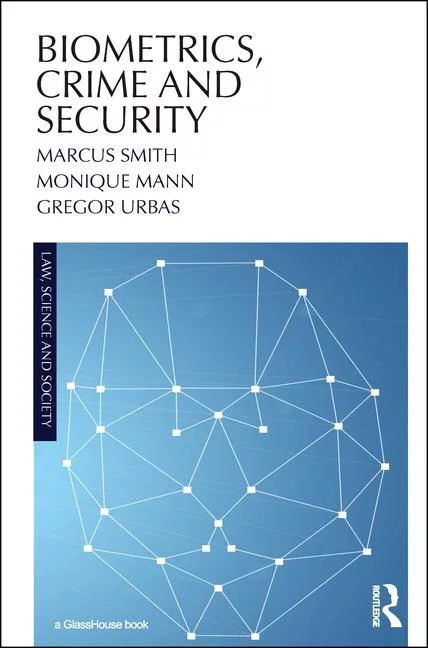Cyber assets increased by 133% year-over-year

Image via Unsplash
Cloud access for security leaders was analyzed in a recent report by JupiterOne. The research found that cyber assets increased by 133% year-over-year, from an average of 165,000 in 2022 to 393,419 in 2023. Organizations also saw the number of security vulnerabilities, or unresolved findings, increase by 589%, indicating a snowball effect as the number of assets more than doubled. The number of security vulnerabilities did not grow in direct proportion to the number of assets which may be attributed to an actual increase in unresolved vulnerabilities and the adoption of new technologies for vulnerability identification.
Mid-sized organizations, defined as 50 to 499 employees, were the further along in building security visibility with the highest number of aggregated data sources. On average, large-sized organizations had 2,011 assets per employee, small organizations 681, and mid-sized organizations 489. Mid-sized organizations had the lowest asset-to-employee ratio.
Other report findings include:
Unified cyber insight is crucial: Security practitioners aren't omniscient. Visibility into cross-system relationships is only as good as the integration and correlation across data sets. The average security team correlates 8.67 security data sources for unified cyber insight. Unified cyber insights matter a lot if anyone wants to effectively defend the cloud-native attack surface. However, teams may struggle to make a case for data access to systems owned or administered by other teams.
Cyber assets are business assets: Everyone knows that modern businesses cannot function, let alone succeed, without their cyber assets in both cloud and physical environments. Still, security teams have long struggled to convince business leaders how much cyber assets are worth. Understanding that the average asset is worth $17,711 in 2023 may not help security teams get enough budget. However, it is a start toward quantifying the value of cyber assets.
The modern attack surface is distributed: Security practitioners are responsible for an average of 334 unique cloud service provider (CSP) accounts in 2023 across all organizational sizes, or an average of 225 and 559 unique accounts at large and mid-sized organizations, respectively. Distributed cloud architecture methods create resiliency in the era of destructive ransomware attacks. But, the hyper-growth in distributed cloud architecture has introduced an unprecedented era of complexity for cybersecurity teams, who must contend with more assets, less standardization across CSPs and the necessity of unified cyber insight.
Looking for a reprint of this article?
From high-res PDFs to custom plaques, order your copy today!





.webp?height=200&t=1707940223&width=200)


